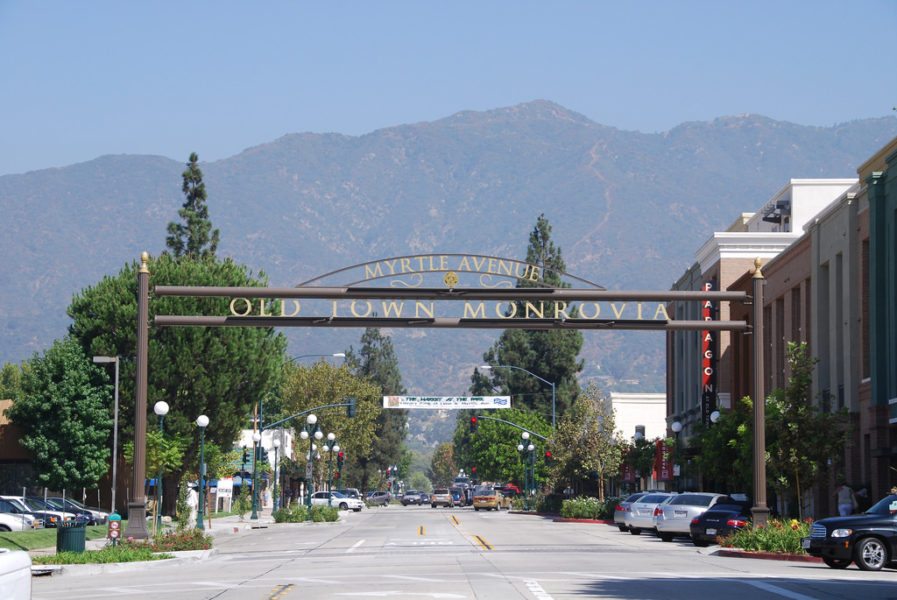
At the Monrovia City Council meeting on Nov. 7, the City Council approved a multi-levered response plan to address looming pension costs related to the California Public Employees’ Retirement System (CalPERS). In short, over the past five years, CalPERS has systematically implemented a series of significant rate adjustments which if left unaddressed, would strain the City’s General Fund to the point of rendering the Monrovia insolvent as early as Fiscal Year 2021/22.
Over the course of several months and following considerable analysis and discussion, staff developed an overall CalPERS Response (CPR) Plan with various options to proactively address the dramatic annual increases in the City’s required UAL payments that will be instituted beginning July 1, 2018. The CPR Plan involves implementing five key strategies that aim to reduce expenditures and grow revenues, including:
-Adoption of Side Letters of Agreement with all employee bargaining units to increase employee contributions toward pension related costs, thereby saving the City around $300,000 annually.
-Issuance of a Pension Obligation Bond (POB) to refinance all of the City’s existing UAL and pension liability debt, thereby stabilizing our pension liability payments at a uniform and level annual amount.
-Adoption of a new UAL Funding Policy in the City to address any new future pension liabilities.
Increasing the City’s Transient Occupancy Tax (TOT) Rate from 10 percent to 12 percent, which if approved, would increase TOT revenues by around $400,000 annually.
Creating Community Facility Districts (CFDs) on new residential development projects of five or more units in the City, which, depending on development patterns during the next several years, could increase property tax related revenues by around $300,000 annually.
With City Council approval of the CalPERS Response Plan, staff will be working to implement the various components in the coming months to stabilize our overall pension costs and address the immediate and long-term financial challenges facing our organization.
Public Hearing to Address Proposed Water Rate Adjustment Scheduled for Jan. 16, 2018 – Public Hearing Notices to be Mailed Out to All Water Customers the Week of Nov. 20 – Initial Residential Customer Costs to Increase by Approximately $17 / Month in March 2018
At last Tuesday’s City Council meeting, the City Council also authorized staff to begin the Proposition 218 process that must be followed prior to adopting the proposed water rate adjustment scheduled for early 2018. The water rate adjustment is needed in order to absorb new fees being passed down to the nearly 30 water agencies in our region. These fees are being levied on the City by the Main San Gabriel Basin Watermaster (Watermaster) and the Upper San Gabriel Valley Municipal Water District (Upper District) in order to address the water supply shortage in the Main San Gabriel Basin following the historic, decade-long drought. By instituting these fees, the Watermaster was able to purchase 40.7 billion gallons at a cost of over $100 million to replenish the groundwater aquifer that supplies our region and return the Basin to a healthy level to ensure a continued water supply.
Provided in the table below is a water rate review summary for a typical single-family residence with a 5/8 inch or 3/4 inch size meter. Please note that nearly half of the City’s customer base is comprised of single-family residential customers. Based on the proposed rate increase, the typical single-family residential water customer (who uses 15 units of water per month) will see a monthly increase in their water bill of $16.87 in Calendar Year 2018 (effective March 8, 2018).
However, it is important to note that the proposed water rate structure does take into account usage related costs, which means that the less water that is used by an individual residence, the less costs that will be incurred. The chart below has been prepared to highlight how our proposed water rate increase would impact customers based on usage rates of 10 units / month, 15 units / month, and 20 units / month.






